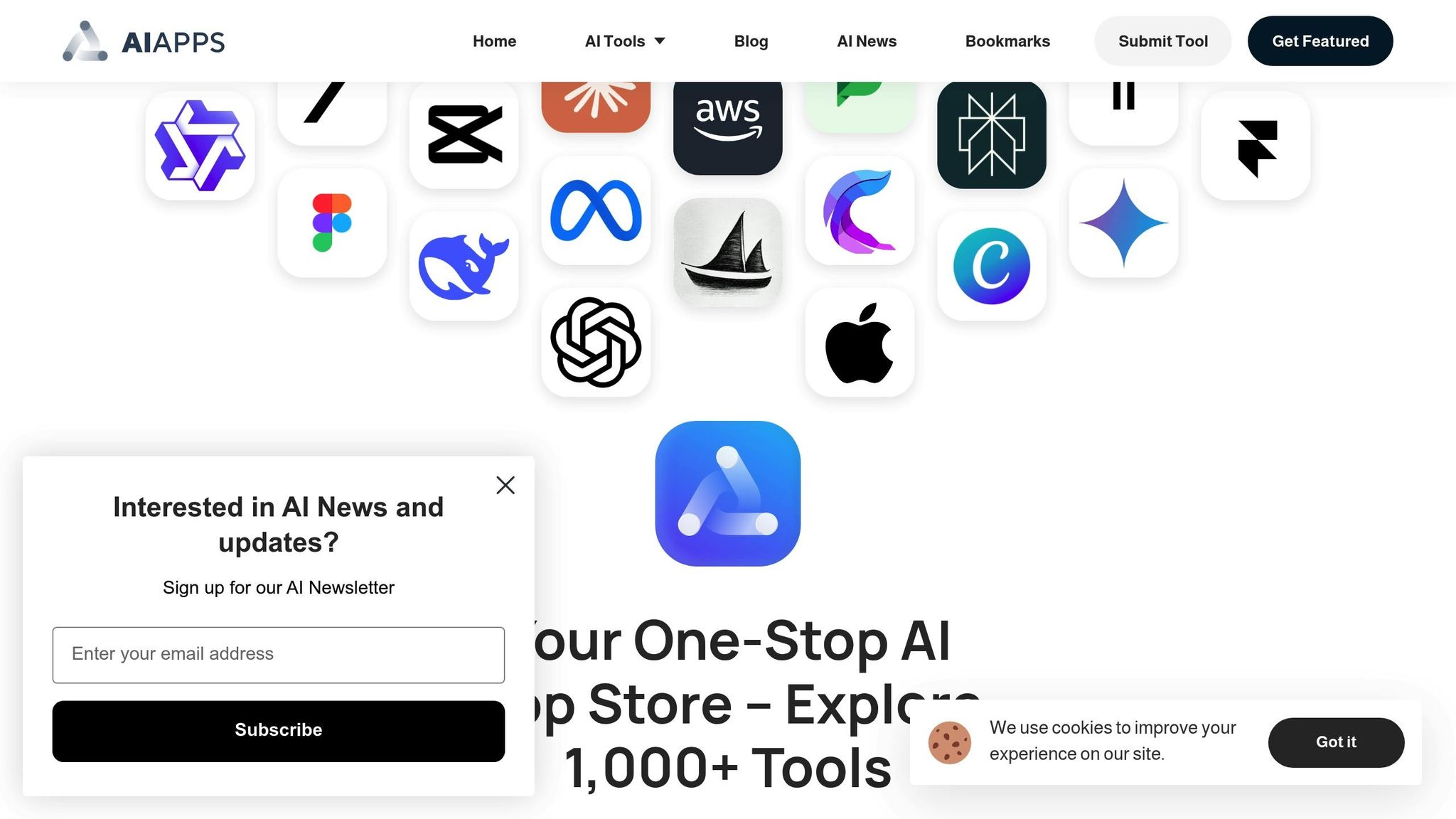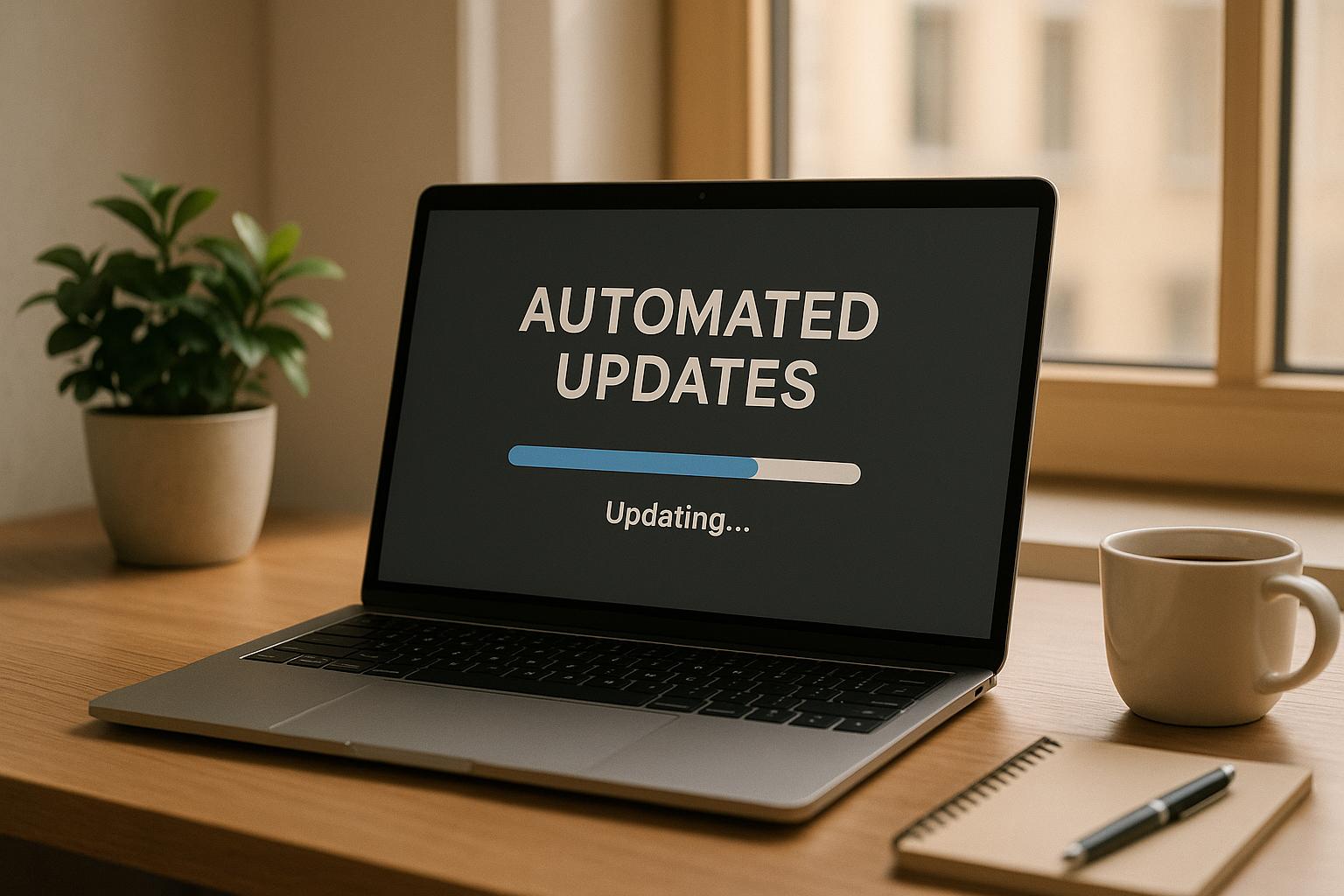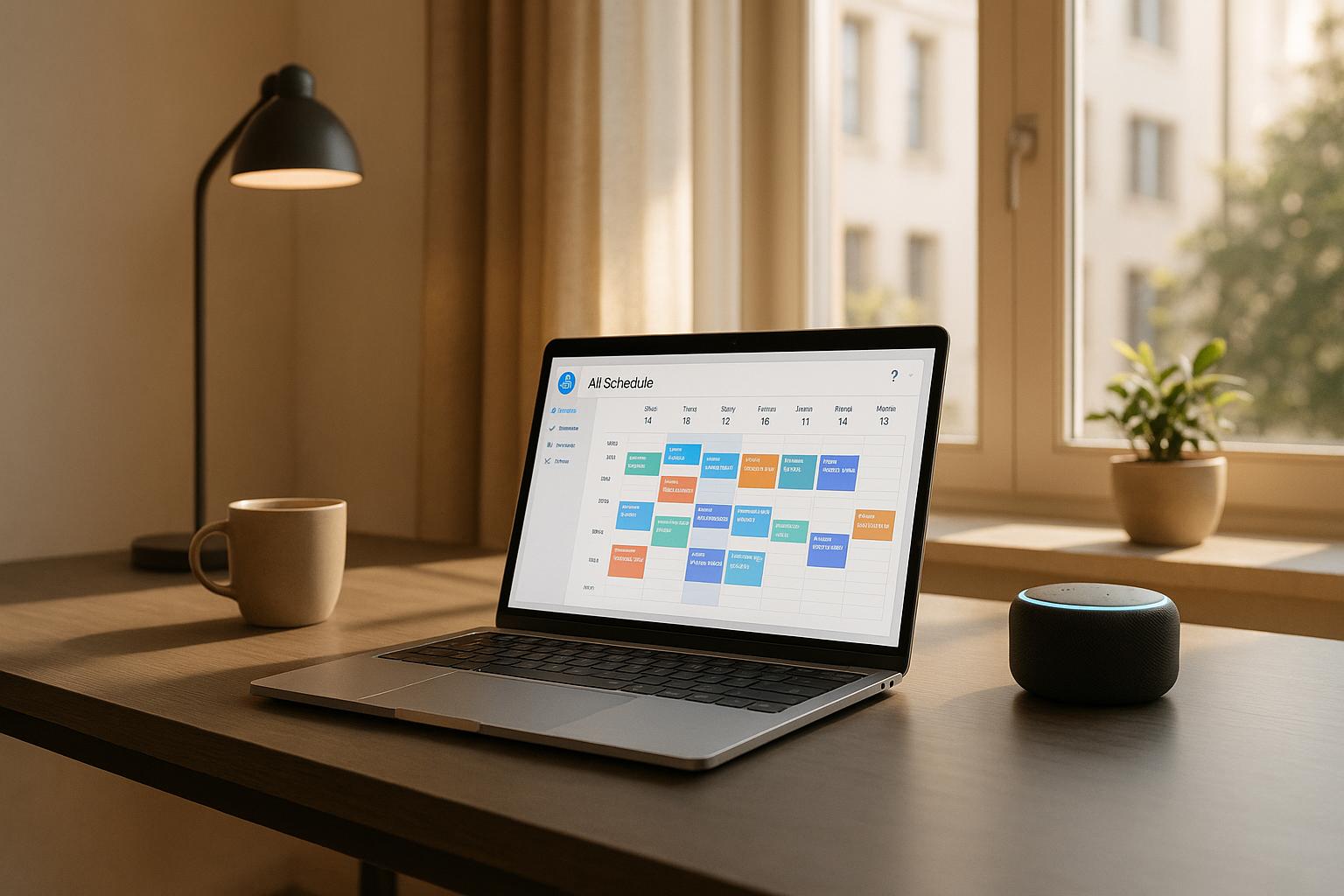Looking for the best AI tools for data analysis? Here's how to make the right choice:
- Define Your Needs: Identify your goals - whether it’s automating reports, spotting trends, or real-time analytics. List required features like dashboards, predictive modeling, or real-time processing.
- Check Compatibility: Ensure the tool integrates with your existing software, is user-friendly, and can scale as your data grows.
- Compare Costs: Choose a pricing model - subscription, usage-based, or one-time payment. Factor in total costs, including training and support.
- Use AI Apps: Explore directories like AI Apps to filter tools by price, features, and industry focus.
- Test & Decide: Use free trials, compare tools side-by-side, and gather team feedback before finalizing.
Pro Tip: Start with a clear understanding of your data needs and budget to avoid overpaying for features you won’t use.
I tried 100+ Data Analysis AI Tools & These Ones Are The BEST!
Step 1: Define Your Analysis Needs
Start by figuring out what you need from your analysis. Are you looking to automate reports, spot patterns or trends, or handle repetitive tasks more efficiently? Pinning down your main goals is the first step.
Make a list of the features you'll need. For example, do you want interactive dashboards to visualize data, predictive modeling to help with forecasts, or real-time analytics for up-to-the-minute updates? Knowing this upfront will guide your choice.
Also, consider your data. How much do you have now? How much do you expect to handle in the future? Will you need daily or real-time processing? Estimating these factors ensures you won’t run into storage or capacity problems as your needs grow.
Once you’ve outlined these essentials, move on to Step 2 to check system compatibility and user experience.
Step 2: Check Technical Requirements
Verify System Compatibility
Ensure the system meets all necessary technical specifications. Compatibility with existing tools, software, and hardware is crucial to avoid integration issues down the line.
Evaluate User Experience
Assess how intuitive and efficient the system is for users. A smooth interface and clear navigation can make a big difference in usability and overall satisfaction.
Measure Scalability
Once compatibility and user experience are confirmed, monitor how the system handles increasing data loads. Pay attention to processing times and error rates to ensure it remains responsive even under heavy demand.
sbb-itb-212c9ea
Step 3: Review Pricing Options
Once you've confirmed the technical requirements, it's time to evaluate pricing and find tools that align with your budget.
Compare Pricing Models
Here are the most common pricing structures:
- Subscription: Pay a fixed monthly or annual fee for access and updates.
- Usage-based: Costs depend on usage, like API calls or tasks - ideal if your workload varies.
- One-time payment: A single upfront cost for lifetime access - best for smaller, one-off projects.
Choose a model that matches how you use the tool to keep expenses predictable.
Assess Feature Tiers
Take note of what’s included in the basic plan, identify premium features that may be worth the extra cost, and check for any limits on data or usage.
Define Your Budget
Factor in the total cost of ownership (TCO), which includes subscription or licensing fees, additional user seats, storage, bandwidth, training, and support.
Leverage AI Apps' filtering options to narrow down tools that meet both your budget and feature needs.
Step 4: Use AI Apps to Find Tools

Once you've figured out your needs and budget, AI Apps can help you locate the right data analysis tools.
Explore the Tool Directory
AI Apps offers a directory with over 1,000 tools categorized by function and industry. For data scientists and analysts, check out sections like Large Language Models, AI Business Tools, AI Productivity Tools, and AI Code Tools.
Narrow Down Your Options
Use filters to refine your search:
- Price range: Focus on tools that fit your budget.
- Category: Select based on the specific function you're looking for.
- Features: Look for capabilities like NLP or workflow automation.
Check Quality Indicators
Before making a decision, review these quality markers:
- Verification status: Tools that have passed the platform's multi-step verification process.
- Featured status: Listings that perform exceptionally well on the platform.
Next, move on to Step 5 to test and compare the tools you've shortlisted.
Step 5: Select Your Tool
Once you’ve narrowed down your list of AI apps, it’s time to finalize your choice using trials, comparisons, and team feedback.
Try Out the Top Picks
Use free trials or demos to test your favorite tools with sample data. Evaluate each tool against your main criteria and see how they stack up.
Side-by-Side Comparison
Build a table to compare features, integrations, and pricing. This makes it easier to spot the tool that aligns best with your needs.
Team Feedback Matters
Collect input from your team using structured forms or surveys. Their insights can help confirm the best option for everyone.
Conclusion
AI Apps makes choosing the right tool easier with its organized directory and advanced filters, helping you sort options by features, pricing, and industry focus.
Before making your final decision, consider these steps:
- Clearly outline your goals and must-have features.
- Ensure the tool integrates smoothly with your current systems.
- Check that the pricing aligns with your budget.
- Test your top choices using real-world data.
- Collect input from team members who will be using the tool.
Once you've selected a tool, use it to turn raw data into insights that can guide your decisions effectively.



